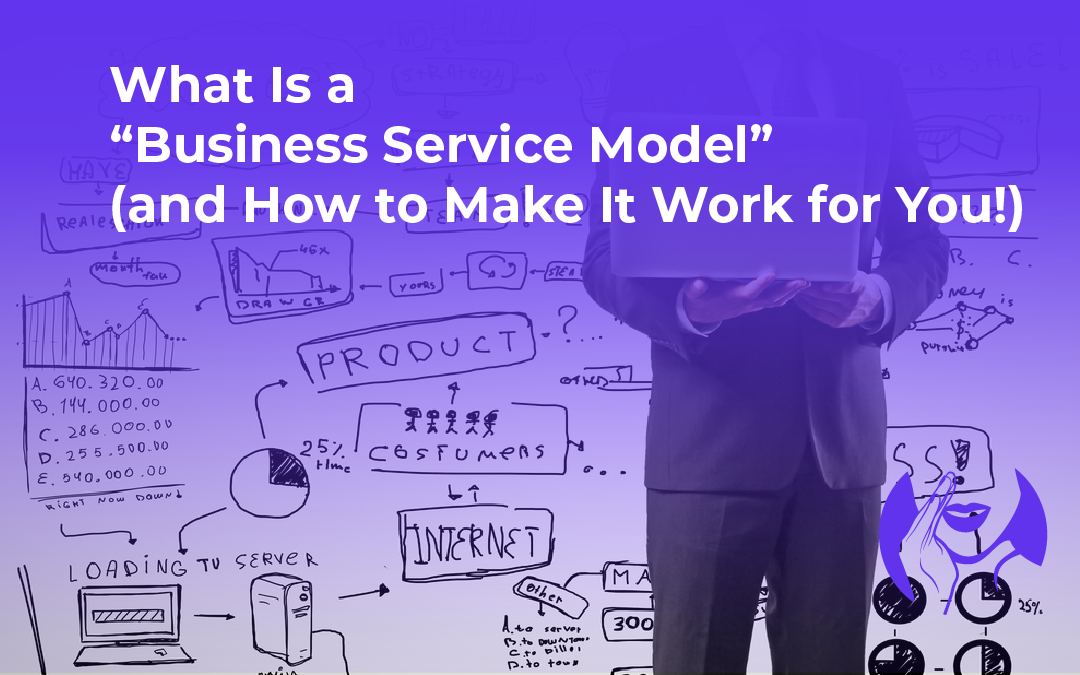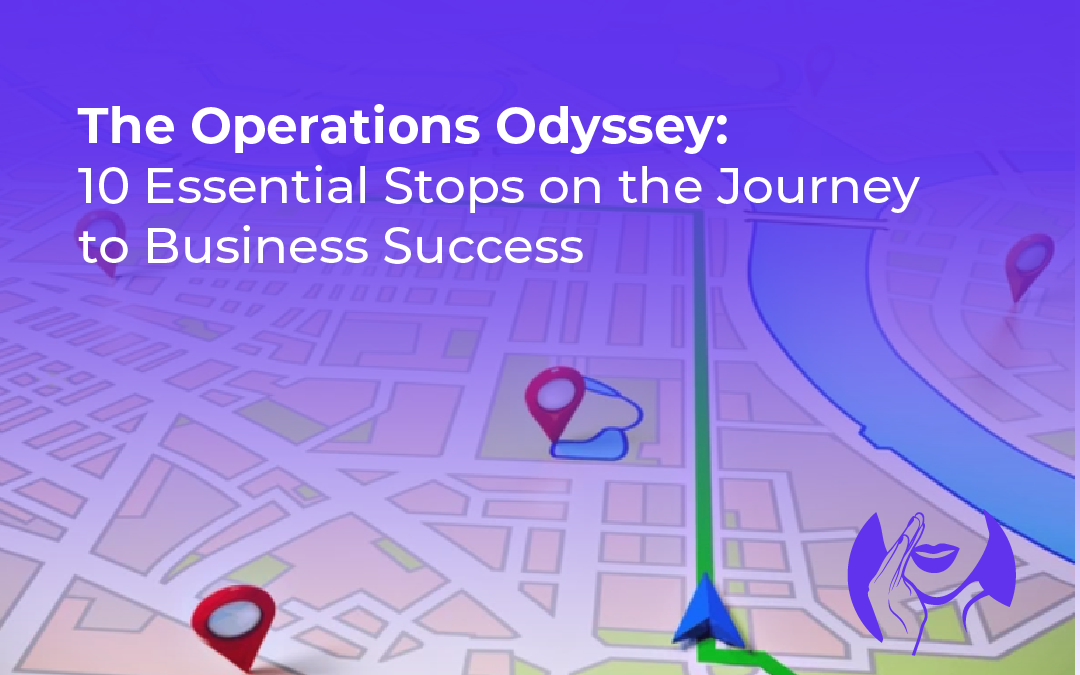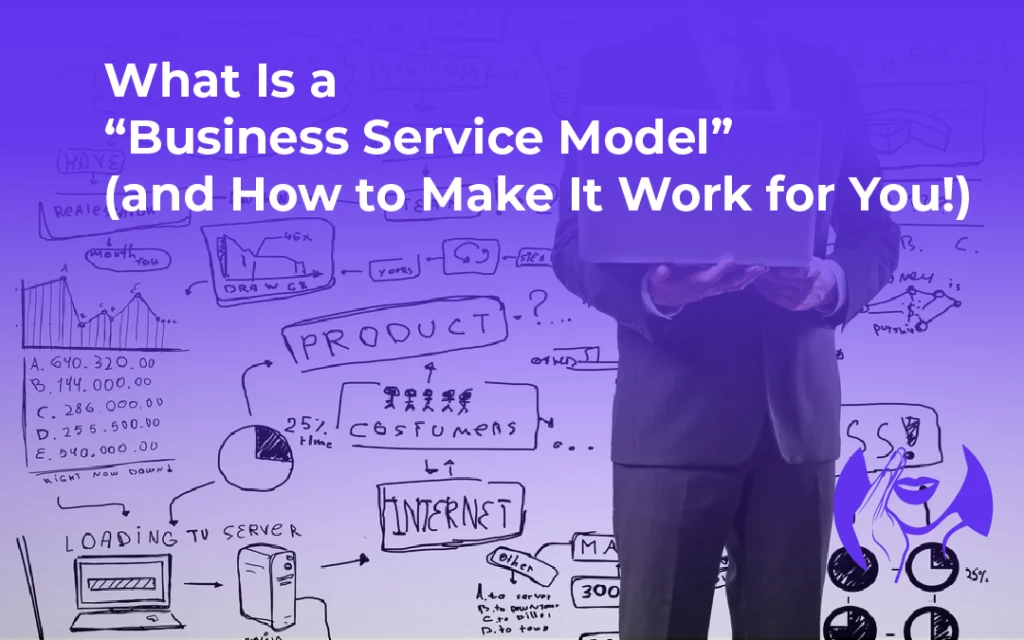As a seasoned business owner, you’ve likely navigated the treacherous waters of operations management. You’ve faced sirens of inefficiency, braved whirlpools of supply chain disruptions, and battled krakens of inventory management. So all ahead slow? Maybe.
But here’s your good news before more stuff comes your way
The path ahead might be uncertain; but with the right mindset, you’ll tackle it head-on. For we’ve charted a course below to guide you through the most critical stops on the journey to operational excellence. Pay close attention. And watch out for those sinkholes:
Stop 1: Clear Goals and Objectives – The North Star of Success

Imagine setting sail without a compass. You’d drift aimlessly, never reaching your destination. Lack of direction is often the real hurdle – it’s hard to make progress without a clear finish line. Define your SMART (Specific, Measurable, Achievable, Relevant, and Time-bound) goals, and communicate them to your crew. For example, “Increase sales by 15% within the next 6 months by expanding our online presence.”
Stop 2: Process Optimization – Streamlining the Voyage
Think of your operations as a well-oiled machine. But what if that machine is creaky, rusty, and inefficient? Pinpoint areas that slow you down, axe the unnecessary steps, and recreate a workflow that hums. Take, for instance, a company that reduced its order-to-cash cycle by 30% by automating manual tasks and implementing a lean workflow.
Stop 3: Supply Chain Management – Navigating the High Seas
Your suppliers are the winds that fill your sails. Supplier relationships are a two-way street: engage with multiple partners to cut risk, wheel and deal to get the best terms, and foster a community that’s got your back. Lead times getting you down? Try reinspecting your production strategy to see if nearshoring or reshoring could be the answer – it’s a smart way to reclaim control over your quality standards. A fashion brand, for example, reduced its supply chain costs by 20% by partnering with local manufacturers.
Stop 4: Inventory Management – The Treasure Chest of Efficiency

Inventory management is a delicate balancing act. Too little stock, and you risk losing sales; too much, and you’re stuck with costly inventory. Implement a just-in-time inventory system, use data analytics to optimize stock levels, and consider adopting a postponement strategy. A retailer, for instance, reduced its inventory costs by 15% by implementing a vendor-managed inventory system.
Stop 5: Employee Engagement and Training – The Crew That Makes the Dream Work
Your employees are the lifeblood of your operations. Supercharge your team’s skills by offering targeted training and a healthy dose of recognition when they knock it out of the park. Build a workplace where everybody feels valued, motivated, and comfortable sharing their thoughts, then step back and let your team members take the reins. A manufacturing company, for example, increased productivity by 12% by implementing a skills training program and introducing a flexible work schedule.
Stop 6: Technology and Automation – Charting a Course for Efficiency
Technology is the compass that guides your operations. Crunching numbers and cranking up output – sound like a plan? Implement automation tools, ERP systems, and data analytics platforms to get your operations humming like a well-oiled machine. A logistics company, for instance, reduced its transportation costs by 18% by implementing a route optimization software.
Stop 7: Risk Management – Weathering the Storms
Risks lurk around every corner, from supply chain disruptions to cybersecurity threats. Pinpoint the threats, measure their fallout, and hatch backup strategies to avoid getting caught off guard. A food manufacturer, for example, implemented a risk management program that reduced its product recall rate by 40%.
Stop 8: Data-Driven Decision Making – The Treasure Map of Insights

Data is the treasure that lies at the heart of your operations. What gets measured gets done, so track your KPIs, pinpoint what’s working, and make informed calls that move you closer to your objectives. A retail company, for instance, increased its sales by 10% by analyzing customer data and tailoring its marketing campaigns accordingly.
Stop 9: Continuous Improvement – The Voyage of Self-Discovery
Continuous improvement is the wind that fills your sails. Foster an environment where trying new things, getting wiser, and championing fresh ideas is the norm. Empower your team to identify areas for improvement and implement changes. A software company, for example, reduced its product development cycle by 25% by adopting an agile development methodology.
Stop 10: Adaptability and Agility – The Art of Navigation
The business landscape is ever-changing, and you must be prepared to adapt. Be the change-maker: capitalize on market fluctuations, shake things up, and surge ahead of the competition. A startup, for instance, pivoted its business model to respond to a shift in customer demand, resulting in a 50% increase in revenue.
Making stops at each of these ensures one thing:

You’ll not only reach the end of this operations odyssey — but you’ll win in the marketplace, dodging those time-wasting detours. And best of all…. Scaling more heights of business success. Nothing but fair winds and following seas. Arr.













